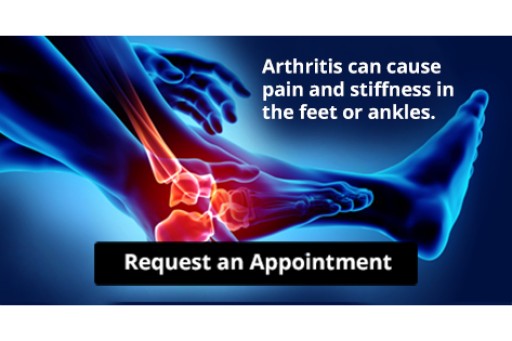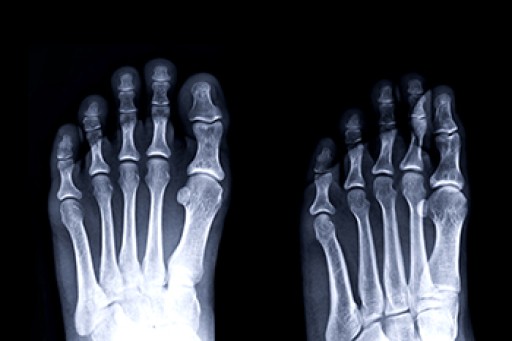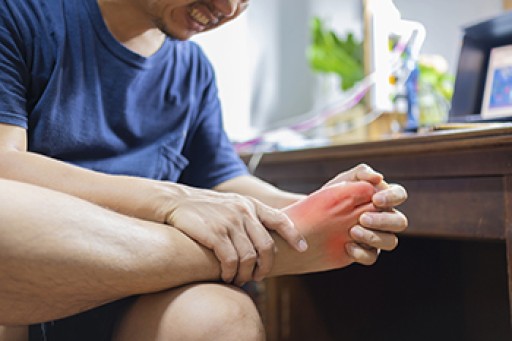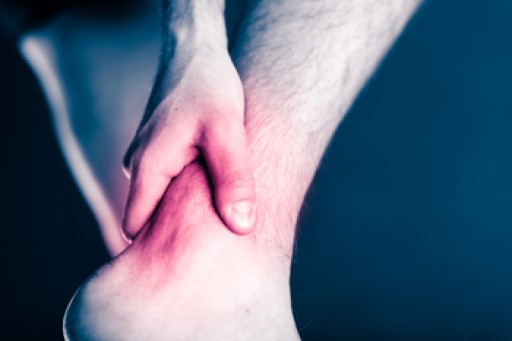
Many people enjoy the summer months, despite the fact that this time of year can cause damage to the skin on the feet. This can be a result of excessive humidity, non-supportive shoes, and UV damage. There are effective methods to protect the skin during all seasons of the year, and this begins with practicing everyday foot care. Cracked heels may be prevented when the feet are washed and dried daily, followed by applying a good moisturizer. Additionally, many people may find it helps to soak their feet in Epsom salts, which can be useful in exfoliating dead skin. Protecting the feet with appropriate sunscreen can block damaging UV rays, possibly helping to eliminate sunburned feet. Additionally, it is beneficial to change socks frequently during the hot summer days, which can help to limit bacteria and bad foot odor. If you would like more information about effective foot care routines, it is suggested that you contact a podiatrist who can provide you with the knowledge you are seeking.
Everyday foot care is very important to prevent infection and other foot ailments. If you need your feet checked, contact one of our podiatrists from Carolina Foot & Ankle Specialists. Our doctors can provide the care you need to keep you pain-free and on your feet.
Everyday Foot Care
Often, people take care of their bodies, face and hair more so than they do for their feet. But the feet are a very important aspect of our bodies, and one that we should pay more attention to. Without our feet, we would not be able to perform most daily tasks.
It is best to check your feet regularly to make sure there are no new bruises or cuts that you may not have noticed before. For dry feet, moisturizer can easily be a remedy and can be applied as often as necessary to the affected areas. Wearing shoes that fit well can also help you maintain good foot health, as well as making it easier to walk and do daily activities without the stress or pain of ill-fitting shoes, high heels, or even flip flops. Wearing clean socks with closed shoes is important to ensure that sweat and bacteria do not accumulate within the shoe. Clean socks help to prevent Athlete’s foot, fungi problems, bad odors, and can absorb sweat.
If you have any questions please feel free to contact our offices located in Mount Pleasant and Charleston, SC . We offer the newest diagnostic and treatment technologies for all your foot and ankle needs.













